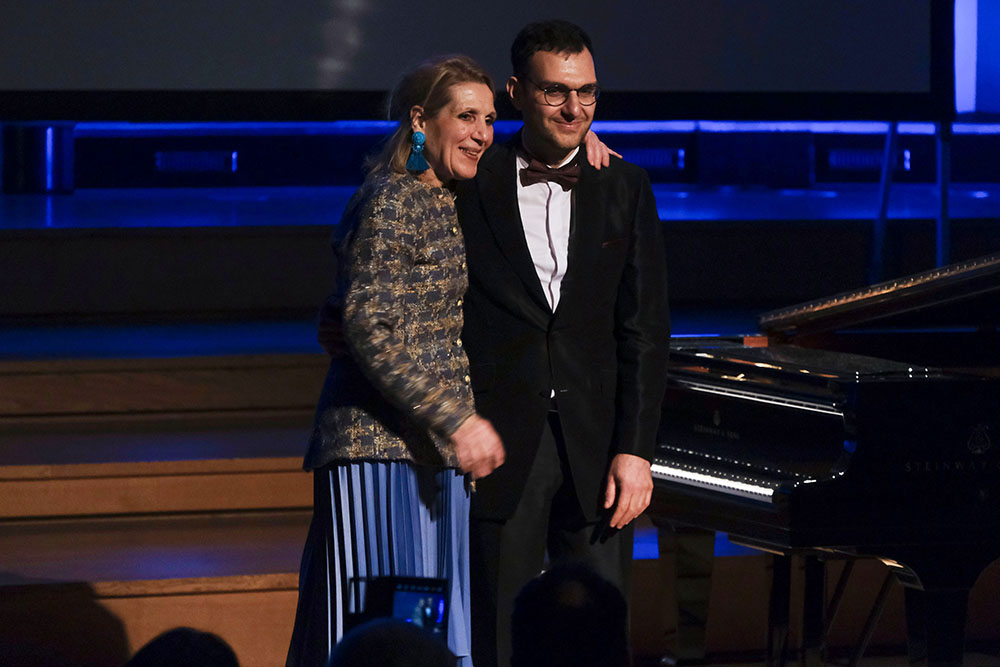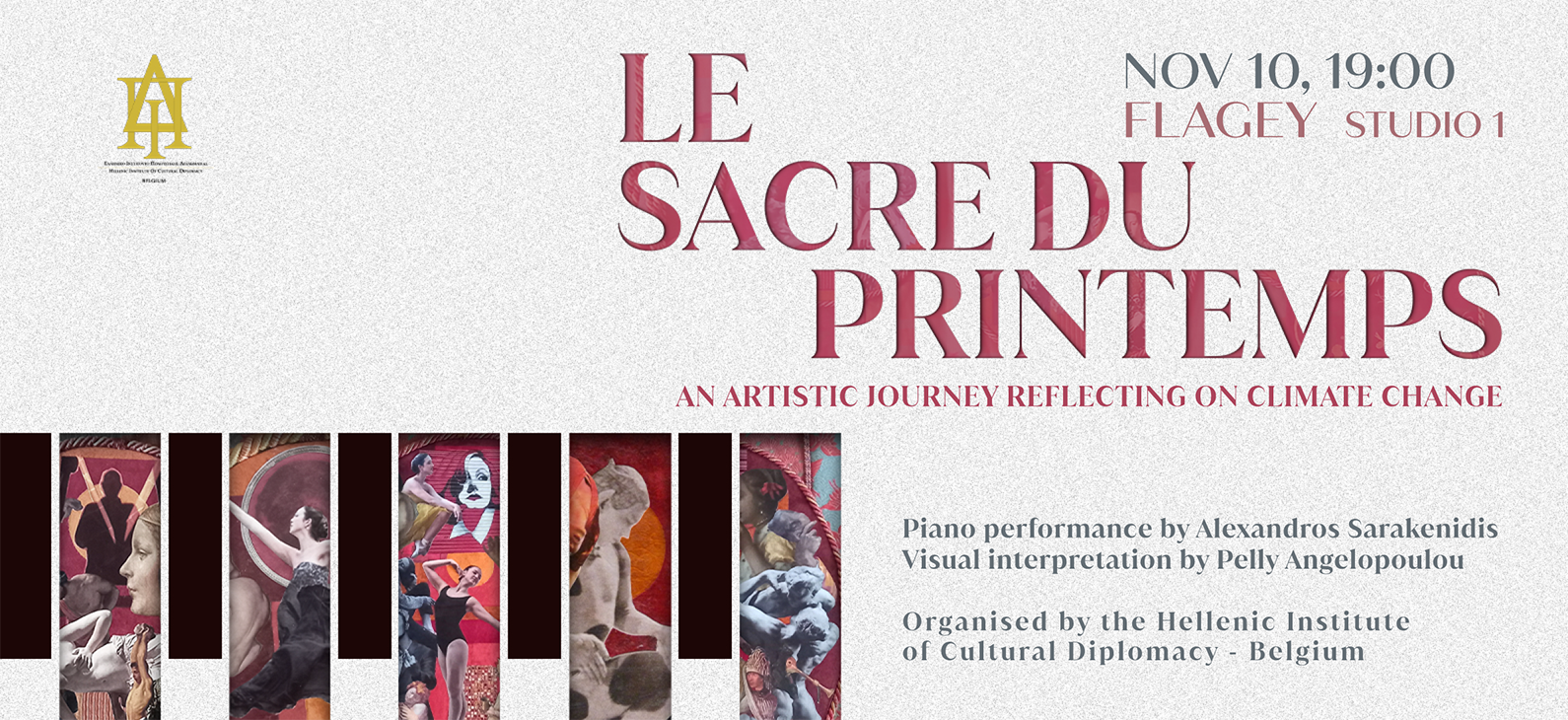
The 25th of October is “International Artists’ Day”. It was founded by the Canadian artist, Chris Mac Clure, in 2014. This day celebrates the importance of art as a creative human expression and the artists’ contribution to society. All kinds of art and artists, regardless of skill level, earnings or status, are honoured on this day.
The reason behind having an Artists’ Day was and is driven by the willingness to increase artists’ visibility and encourage people to be more involved in the creative sector: to bring art to people’s lives. Art does have an impact on our society and as such it has to be recognized and supported.
Art depicts both the beauty of life as well as its bitter reality. It is witnesses to history, revolutions, protests and sometimes it is also a means to escape them. In this regards, artists are the ones who thanks to their gift and artworks will leave a memory of today that can’t be preserved in history books.
The 25th of October is not the only day dedicated to art. On the 15th of April is “World Art Day” proclaimed by UNESCO in 2019. UNESCO has recognized the important role that art has in sharing knowledge and encouraging curiosity and dialogue, as well as its contribution to achieving a free and peaceful world.
These two Days dedicated to art do encourage greater awareness of the diversity of artistic expressions and highlight the support of artists to sustainable development. They are also an occasion to cast a light on arts education in schools, as culture can pave the way for more inclusive and equitable education.
UNESCO should not be the only actor celebrating art and its creators. Each of us can contribute.
Here are some nice and meaningful activities that can be done to celebrate and enjoy art1:
- Support your local artists; Take a painting lesson, and go visiting an art museum.
- Another way to celebrate International Artists Day is by taking the time to learn about some of the
most famous artists. Speaking of, did you know that this Day was Picasso’s birthday - one of the most celebrated artists of the last century?
Picasso is not only one of the most influential artists of his generation but also the youngest artist. He could draw before he learned to walk: his first word was “pencil”2.
Picasso revolutionised art by creating the most distinct representation of human emotions and impressions in his works. One of his works worth mentioning is, of course, Guernica.
You may know the history behind this masterpiece, but you may not be familiar with its still relevant power and cultural diplomacy’s role. Through its universal symbolism and distinctive pictorial language, Guernica has been defined as one of the “most effective history paints of our century”3. It has a universal language that speaks across time and space and, indeed, it does remain iconic until today. Everyone is aware of its existence and this is one of the proofs that art
“is not just a signs or a symbol but an actor that, far more than words,
has the power and agency to bring into life a particular kind of presence, a message.
Art has the potential to move people, to witness without speaking
and to make it hard to sustain ignorance or innocence in the face of suffering”4.
To further highlight this role of art, it will be cited a statement made by Picasso himself:
“Painting is not made to decorate apartments.
It is an offensive and defensive weapon against the enemy”5.
The term “enemy” has to be understood here as the metaphor for a life without the freedom to enjoy and have access to art and culture.
From these words, the fundamental role of art and artists can be better understood in our world. Artists can manage to uplift human rights value and be actors of social improvement. Moreover, artists, being art’s creators, are the ambassadors of a more inclusive and open-minded vision.
Ilaria Ragni
Trainee, HICDB
Notes
1. https://nationaltoday.com/international-artist-day/#how-to
2. Op.cit.
3. Craven C., ‘How the Visual Arts Can Further the Cause of Human Rights’, International Relations, 2011, 16.
4. Campbell D., ‘Cultural Governance and Pictorial Resistance: Reflections on the Imaging of War’, Review of International Studies 29 (2003): 57–73.
5. Danchev A. and Lisle D., ‘Introduction: Art, Politics, Purpose’, Review of International Studies 35, no. 4 (October 2009): 775–79, https://doi.org/10.1017/S0260210509990179.
References:
- Craven C., ‘How the Visual Arts Can Further the Cause of Human Rights’, International Relations, 2011, 16.
- Campbell D., ‘Cultural Governance and Pictorial Resistance: Reflections on the Imaging of War’, Review of International Studies 29 (2003): 57–73.
- Danchev A. and Lisle D., ‘Introduction: Art, Politics, Purpose’, Review of International Studies 35, no. 4 (October 2009): 775–79, https://doi.org/10.1017/S0260210509990179.
- International Artists’ Day 2021: Celebrate occasion by learning about these legendary painters of 20th Century, https://www.firstpost.com/india/international-artists-day-2021-celebrate-occasion-by-learning-about-these-legendary-painters-of-20th-century-10081061.html
- International Artist Day – October 25, 2021, https://nationaltoday.com/international-artist-day/#how-to
- International Artist Day, https://www.daysoftheyear.com/days/international-artists-day/
- World Art Day, https://en.unesco.org/commemorations/worldartday
- Tags:
- Articles
- Ilaria Ragni



